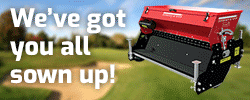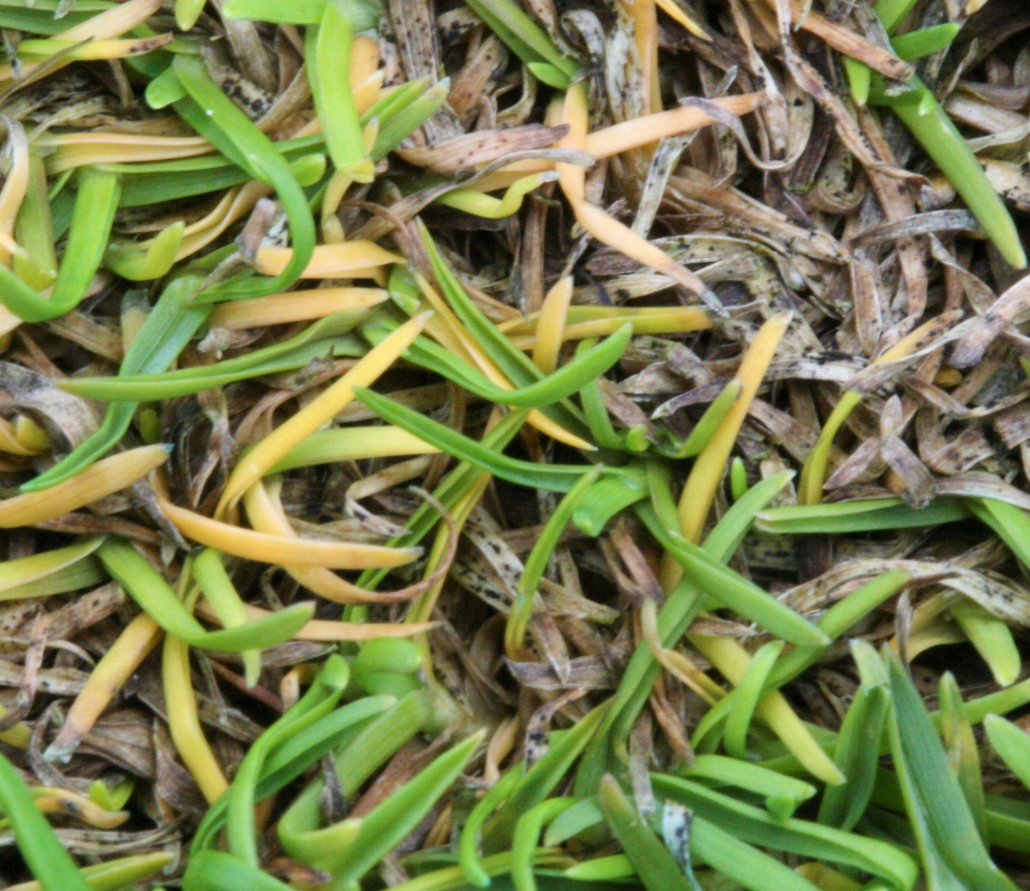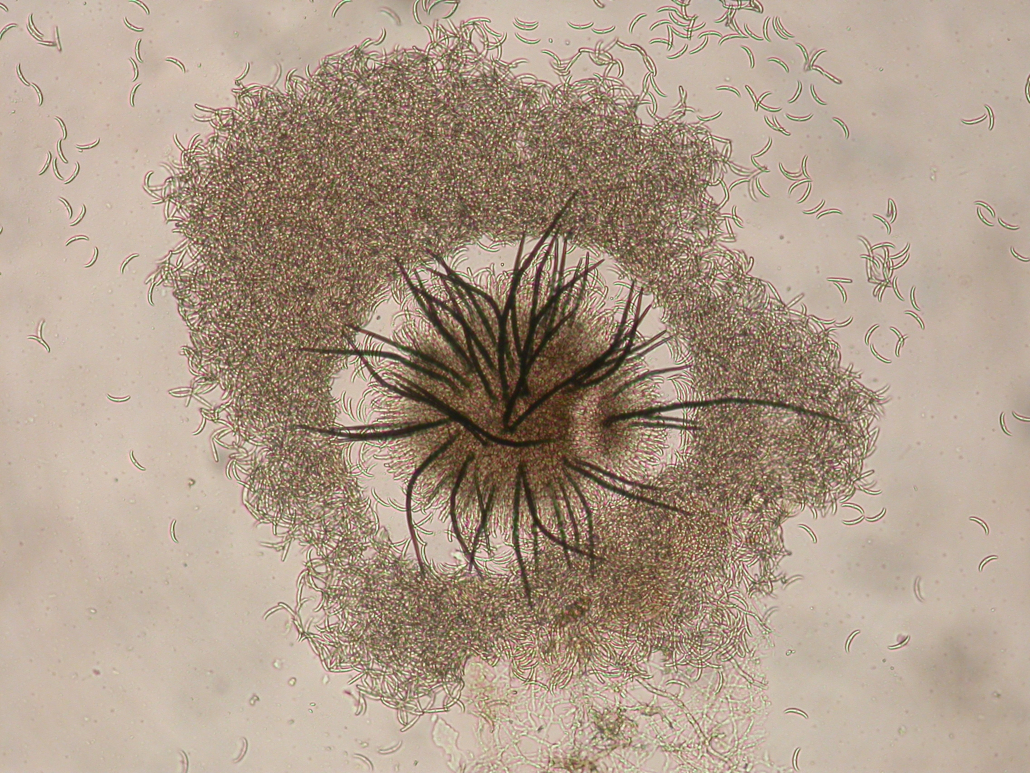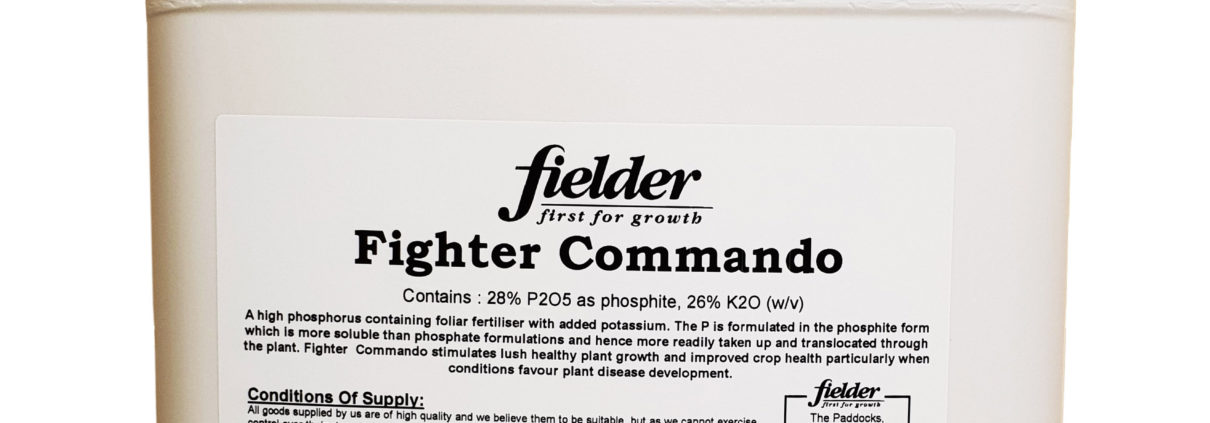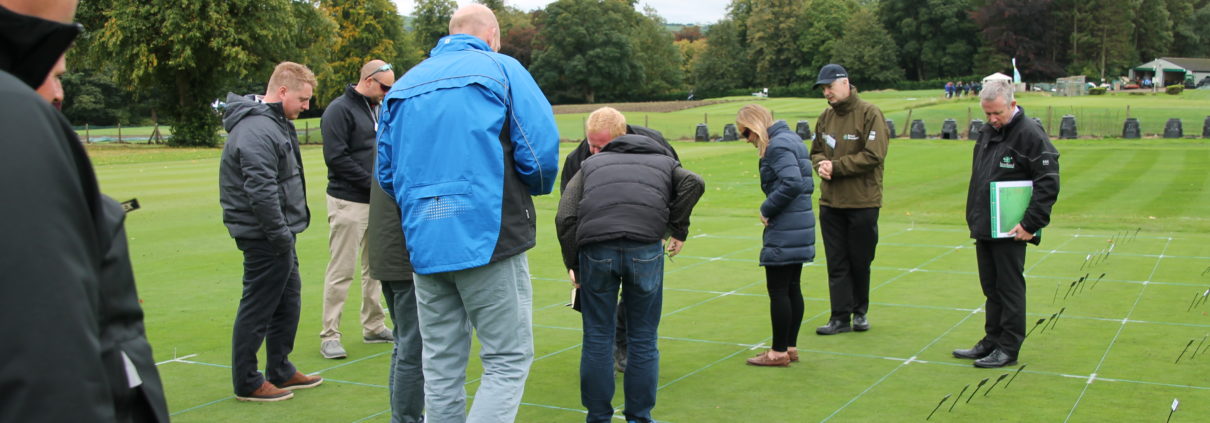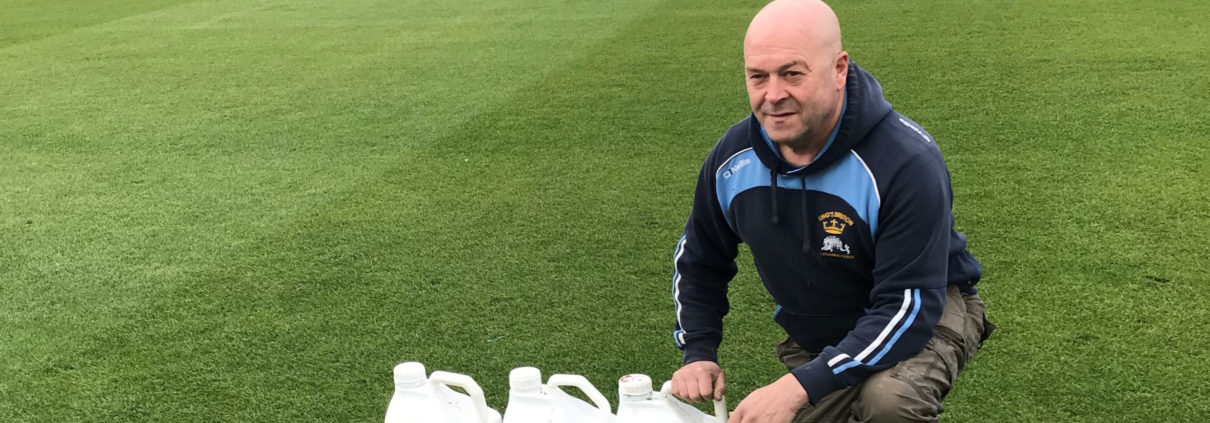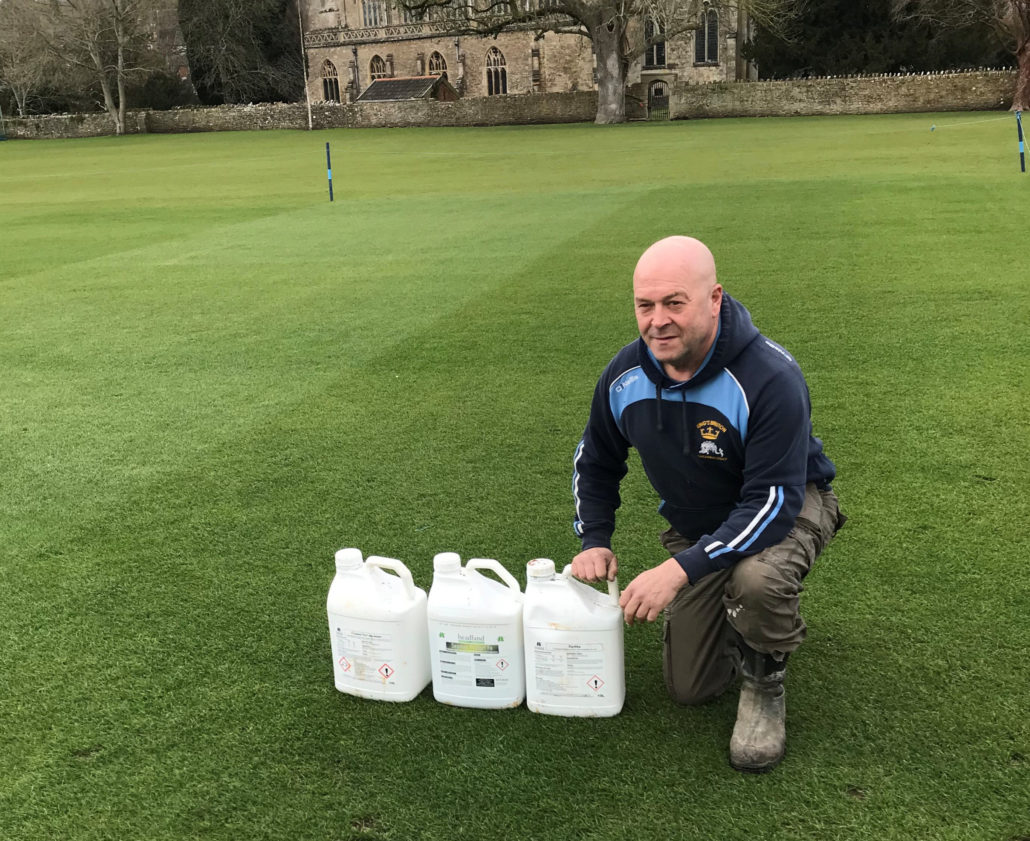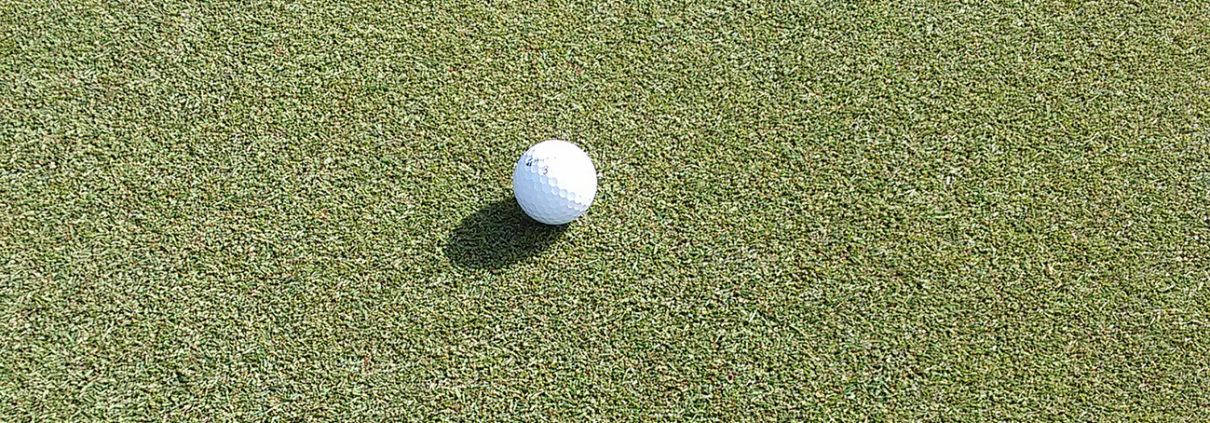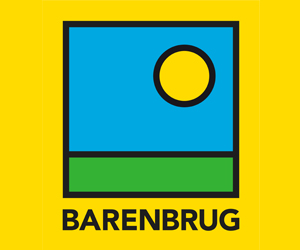RHS disease ranking highlights top 10 gardening problems
RHS disease ranking highlights top 10 gardening problems: The Royal Horticultural Society (RHS) has published its annual disease ranking, revealing the top ten problems for gardeners in 2023.
Damp conditions in spring and summer were the driving influence in the prevalence of certain diseases, with the following four new entrants to the top ten list: blossom wilt of fruit trees, pocket plum, tulip fire and slime flux. Fruit trees continued to be under threat from disease, with apples, pears, and Prunus among the top five hosts and collectively resulting in over 1,000 enquiries to the RHS advisory service, a 50% increase on the previous year.

RHS disease ranking highlights top 10 gardening problems
The top diseases for 2023 are:
1. Honey fungus
2. Apple and pear scab
3. Rose black spot
4. Pear rust
5. = Blossom wilt of fruit trees
= Bacterial leaf spot and canker of Prunus
7. Phytophthora root rots
8. Pocket plum – Taphrina pruni
9. Tulip fire
10. Slime flux
Wet weather last spring provided perfect conditions for tulip fire – which produces brown spots and twisted, withered leaves – to take hold, seeing the disease make a return to the top 10 for the first time in several years. The damp spring conditions are also likely to blame for high cases of pocket plum, which causes elongated, hollow fruits with no stone on plums and damsons, as well as some ornamental Prunus, rendering the fruit inedible.
Slime flux, which affects a wide range of trees and shrubs, was another new entrant to the list. It is thought that the bacteria colonises trees via their roots, so the increase in cases may be a result of the wet winter in 2022/ 2023 and associated waterlogged soils. In addition, there was a rise in reports of rose black spot and pear rust, which can both likely be attributed to the warm and wet weather conditions during the summer.
Honey fungus topped the list for the 28th year running, having held the top spot since the list was first published in 1995. The fungus has a large host range of more than 140 garden plants, with the most common hosts in 2023 being privet, rose and viburnum, and results in dramatic symptoms, including death, cracked and bleeding bark and failure to flower.
To minimise plant disease this year gardeners are advised to apply mulch to improve drainage, while ground that has been laid sodden should be lightly pricked with a fork and spread with an organic mulch such as well-rotted manure, so plants grow with improved health and disease is less likely. Now is also a good time to prune out any diseased and damaged material before it can spread spores when the temperature is warmer.
Liz Beal, RHS Plant Pathologist, said: “Unusually wet weather in 2023 had a significant effect on plant health across the UK, with the prevalence of tulip fire and pocket plum demonstrating the impact of prolonged damp conditions. Following the extreme drought of the previous year, many gardeners are left wondering how to prepare for unpredictable weather patterns. Understanding the conditions of your garden is key in deciding which plants will thrive where; the right plant in the right place will always have a better chance of fighting off infection. Additionally, gardeners can help combat many of the most common diseases in our ranking by practising good hygiene, keeping tools clean and removing – and safely disposing of – diseased plant material from their gardens.”
The RHS Plant Health team uses the disease ranking to inform their research and advice. Current research at RHS Wisley’s Hilltop: Home of Gardening Science includes investigating the effective management of Phytophthora in gardens, examination of different methods for managing rose black spot and characterising the dispersal mechanisms and variation of honey fungus populations.
RHS members get free access to the charity’s Gardening Advice Service, available by phone or email. Find out more about becoming a member at: www.rhs.org.uk/join
RHS advice pages are available for everyone, for further information, visit: www.rhs.org.uk/advice
For the latest industry news visit turfmatters.co.uk/news
Get all of the big headlines, pictures, opinions and videos on stories that matter to you.
Follow us on Twitter and Instagram for fun, fresh and engaging content.
You can also find us on Facebook for more of your must-see news, features, videos and pictures from Turf Matters.
